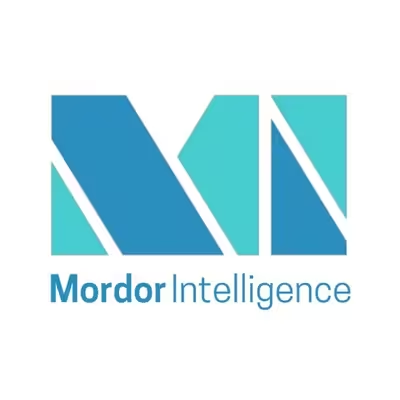
Aviation software market is projected to grow from USD 13.13 billion in 2025 to USD 18.12 billion by 2030
According to a recent report by Mordor Intelligence, the aviation software market is projected to grow from USD 13.13 billion in 2025 to USD 18.12 billion by 2030, reflecting a compound annual growth rate (CAGR) of 6.64%. This expansion is driven by several key trends: Growth Drivers - AI Adoption: - Airlines are increasingly using AI for fuel efficiency, predictive maintenance, and passenger experience optimization. - Platforms like TCS Aviana and Airbus Skywise are enhancing flight planning and maintenance analytics. - Cloud Migration: - Major carriers like American Airlines and Pegasus Airlines have shifted to cloud platforms (IBM Cloud, Microsoft Azure AI), improving uptime and service delivery. - Cloud-based solutions enable scalable, cost-effective software access for emerging airlines. - Cybersecurity Compliance: - Rising regulatory demands are pushing aviation firms to adopt software that ensures robust cybersecurity protocols. Market Segmentation - By Application: Flight operations, MRO (maintenance, repair, overhaul), crew management, airport ops, revenue management, safety compliance. - By Deployment: On-premise, cloud, hybrid. - By End-User: Airlines, airports, MRO providers, OEMs, air navigation service providers. - By Licensing Model: SaaS, perpetual license, pay-as-you-go. Regional Insights - North America: Leads in AI adoption and cloud infrastructure, with innovation hubs like Silicon Valley driving growth. - Asia-Pacific: Fastest-growing region, fueled by low-cost carriers and modernization efforts in countries like India, Indonesia, and China.
